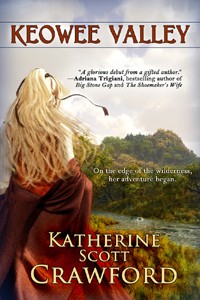What inspired you to write Iain’s Plaid?
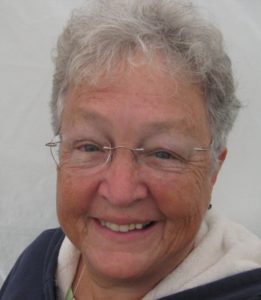 My first historical romance is a time travel set during the beginnings of the American War for Independence, and several people along the way to getting it published have asked me what inspired me to write this particular book. So here’s the answer to that query.
My first historical romance is a time travel set during the beginnings of the American War for Independence, and several people along the way to getting it published have asked me what inspired me to write this particular book. So here’s the answer to that query.
Back when I lived on the Maine coast, I came across a book by Bill Caldwell, The Islands of Maine, Where America Really Began. It was a fascinating book about the earliest European settlers in New England. From my front yard I could one of those islands mentioned in Mr. Caldwell’s book. Historian Charles K. Bolton also mentioned this island called Damariscove in his book, The Real Founders of New England, noting that four hundred years ago, “Here was the chief maritime port of New England. Here was the rendezvous for English, French and Dutch ships crossing the Atlantic. Here men bartered with one another and with Indians, drank, gambled, quarreled and sold indentured servants.” Four hundred of years ago, two hundred years before the Pilgrims arrived in Plymouth on the Mayflower, there were “wharves, salting houses (for fish) sheds, boatyards, taverns and perhaps a bawdy house or two for sailors coming ashore after a long Atlantic Crossing” clustered on this tiny island.
Edward Winslow, the Pilgrim representative who came begging for food and supplies in 1622, wrote in his journal that he and his group were graciously welcomed with “Kind entertainment and good respect and a willingness to supply our needs . . . and that there were 30 ships of sail anchored in the harbor.”
Damariscove Island is only two miles long and not more than a quarter mile wide, yet, in 1675 three hundred refugees fleeing Indian wrath sheltered here. A century later, just before the start of the Revolutionary War, a British Naval captain put ashore here and stole 75 sheep to feed his sailors before turning south to burn present day Portland to the ground. During the war of 1812 (the Second War of Independence) the HMS Boxer and the USS Enterprise fought a famous sea battle so close to the island that the inhabitants of Damariscove watched the fight from their own shore. (Just another bit of interesting history, the captain of HMS Boxer, Samuel Blyth, who was just 29 years old, and the American Lieutenant William Burrows, age 28, who captained the USS Enterprise, were both killed in the battle and were buried side by side in a cemetery in Portland, Maine with full military honors.)
Is it any wonder that I was fascinated with this scrap of land I could see from my front yard? So, one glorious summer day, my dad, my daughter, and I sailed out to Damariscove to explore this scrap of an island with so much history. As I stood gazing down at the narrow harbor, Winslow’s words came back to me, and I marveled that 30 sailing ships big enough to cross the Atlantic could have fit in that long gut of bright blue water. There were, just as Bill Caldwell had described, many old granite foundations scattered on the high ground above the harbor and as I stood on the cornerstone of one of the largest foundations, I tried to imagine this island full of people and what life might have been like here in an era when brave young captains ventured forth to harass the British Navy or carry ships filled with salted cod and furs across the Atlantic to Europe. There were tales of a ghost who roamed the island with his faithful dog, but I saw no sign of him. Or any of the other souls who had called this place home for hundreds of years.
Then the rock beneath my feet wobbled. I jumped back alarmed, not wanting to tumble into the long abandoned cellar hole. But as I watched a small shower of loose gravel and dirt tumble into the daisy-lined hole the seemingly random thought came to me, “What if I fell in, hit my head, and was knocked unconscious. And what if when I came to my senses again there were sturdy floor joists over my head and a door enclosing me in a basement filled with the sorts of things kept in basements a long time ago?” As we climbed back in our dinghy and headed back to the sailboat, that question continued to rattle around in my head and that was inspiration for my story, Iain’s Plaid. My heroine, Dani Amico. did just as I had done. With a fascination in American History, she sailed out to explore and she really did fall into that hole and woke up over 200 years in the past, shut up in a cellar belonging to a reluctant patriot. I hope you enjoy reading Dani and Iain’s story as much as I enjoyed imagining and writing it.
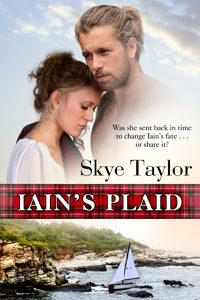 Iain’s Plaid is on sale – just 99¢ until April 15th.
Iain’s Plaid is on sale – just 99¢ until April 15th.
Was she sent back in time to change Iain’s fate . . . or share it?
Caught between a job offer she should take and a marriage proposal she doesn’t want, Dani Amico is dying for some adventure. So she takes off to visit some of the places on her bucket list. The first – an abandoned island she read about while researching her American History thesis. While there, she tumbles into an abandoned cellar hole . . . and wakes up more than two centuries in the past.
It’s 1775 and Iain MacKail’s ship is loaded with contraband he is smuggling into Boston. This unknown Dani, the “boy” he found in his cellar, could be a spy for the British customs agents, so Iain is forced to take the boy with him to insure that he and his mission are not compromised. Only he soon finds out that this ”boy” is so much more.
As they travel through pre-revolutionary New England, Dani realizes she’s falling for the rugged Scotsman. But she can’t forget something she came across in her studies—the fate of Iain MacKail. He would be betrayed by someone close to him and suddenly disappear from history. Could this be the reason Dani fell through time—to save Iain? Could they live and love together in this war-torn time?
Then again, if she tries—and fails—to change his fate . . . will she end up sharing it?
Amazon: http://amzn.to/2q3TI3C
Barnes & Noble: http://bit.ly/2qKWY8Y
Kobo: http://bit.ly/2q45WsS
Google: http://bit.ly/2pTehnX
iBooks: http://apple.co/2qxHstb






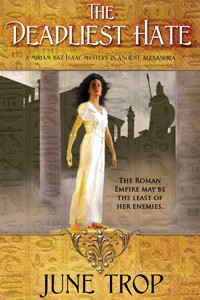


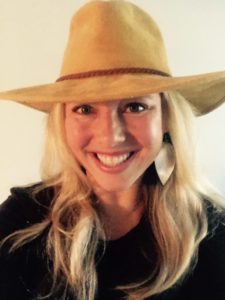 Walking the Story
Walking the Story